The UV stability of PVC (Polyvinyl Chloride) resin used in PVC membrane structure fabric is achieved through a combination of factors, primarily the incorporation of UV stabilizers and the inherent chemical structure of PVC. The principle behind UV stability in PVC resin can be explained as follows:
1. Inherent UV Resistance: PVC possesses inherent resistance to ultraviolet (UV) radiation due to its chemical structure. The polymer chains in PVC contain chlorine atoms, which provide some protection against UV light. Chlorine atoms absorb and dissipate UV energy, reducing the impact of UV radiation on the material.
2. UV Stabilizers: To enhance the UV stability of PVC resin, manufacturers often incorporate UV stabilizers into the material during its production. UV stabilizers are chemical additives that help counteract the damaging effects of UV radiation. There are two primary types of UV stabilizers used in PVC resin:
- UV Absorbers: These compounds absorb UV energy and dissipate it as heat. UV absorbers prevent UV rays from penetrating the material's surface and damaging the polymer chains. They help minimize the degradation of PVC due to UV exposure.
- UV Blockers: UV blockers, or screeners, work by reflecting or scattering UV radiation. They create a physical barrier that prevents UV rays from reaching the PVC resin. This reduces the direct exposure of the material to UV light.
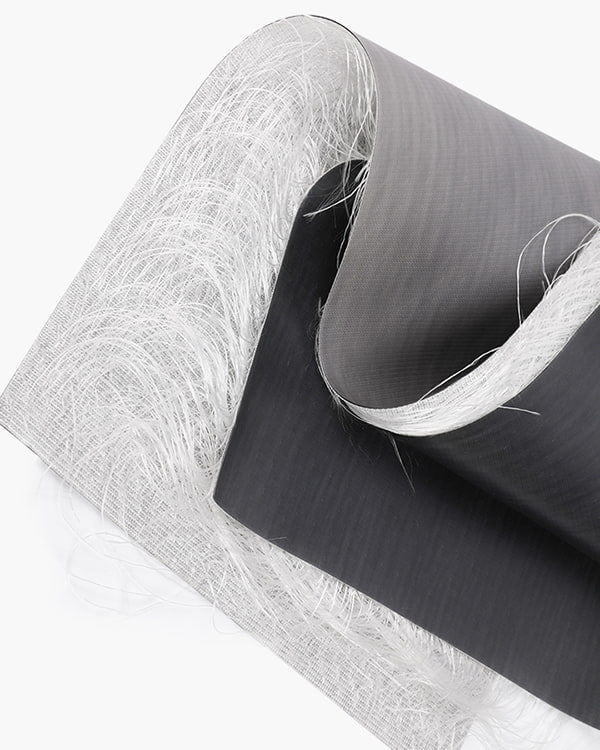
3. Co-Extrusion and Surface Treatments: Some PVC membrane fabrics are manufactured through co-extrusion processes, where a protective layer with enhanced UV resistance is applied to the surface. This surface layer can contain additional UV stabilizers or reflective pigments to further enhance UV resistance.
4. Quality Assurance: Proper formulation and manufacturing processes ensure the even distribution of UV stabilizers and other additives throughout the PVC resin. This uniform dispersion is essential to maintain consistent UV stability throughout the material.
5. Regular Maintenance: While UV stabilizers provide essential protection, regular maintenance, such as cleaning and inspection, helps prolong the life of PVC membrane structures. Cleaning removes debris and pollutants that can exacerbate UV damage, and inspections identify any areas that may require maintenance or repair.
The combination of these factors helps PVC membrane structure fabric withstand the damaging effects of UV radiation over time. This UV stability is critical for architectural applications, as it ensures that the fabric retains its strength, flexibility, color, and overall appearance, even when exposed to outdoor conditions with high UV levels.



 English
English 中文简体
中文简体 русский
русский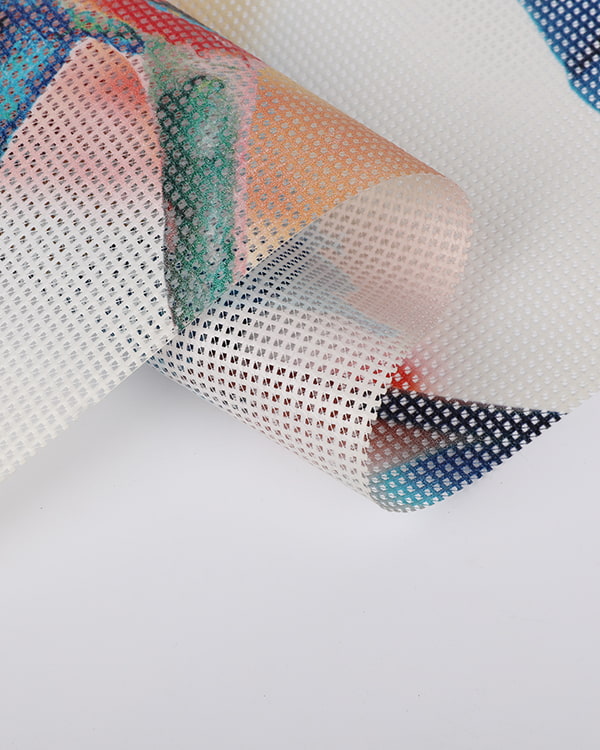
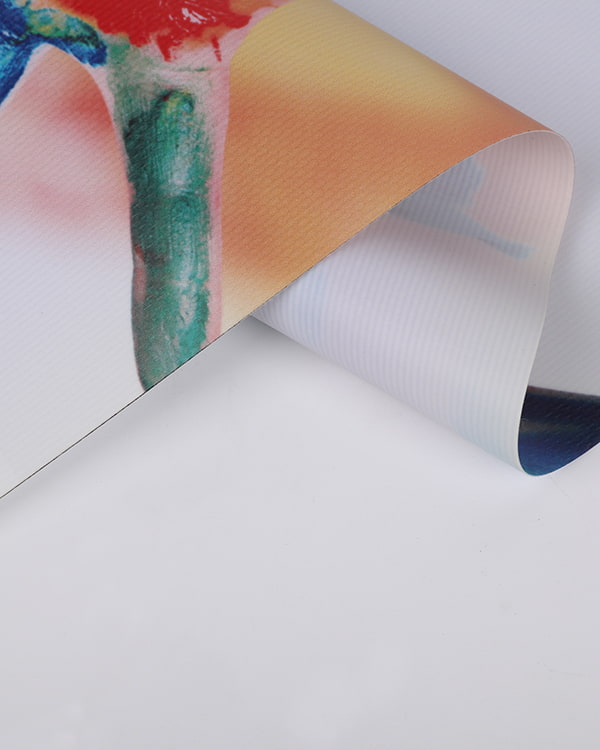
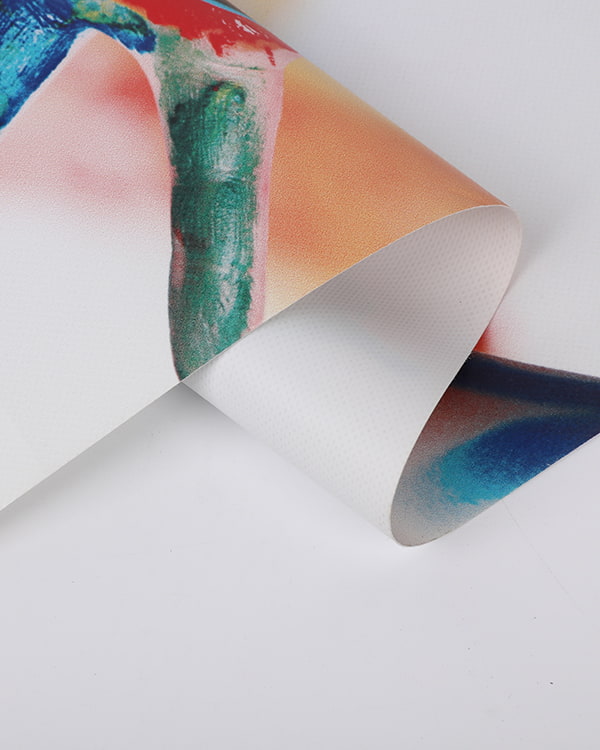
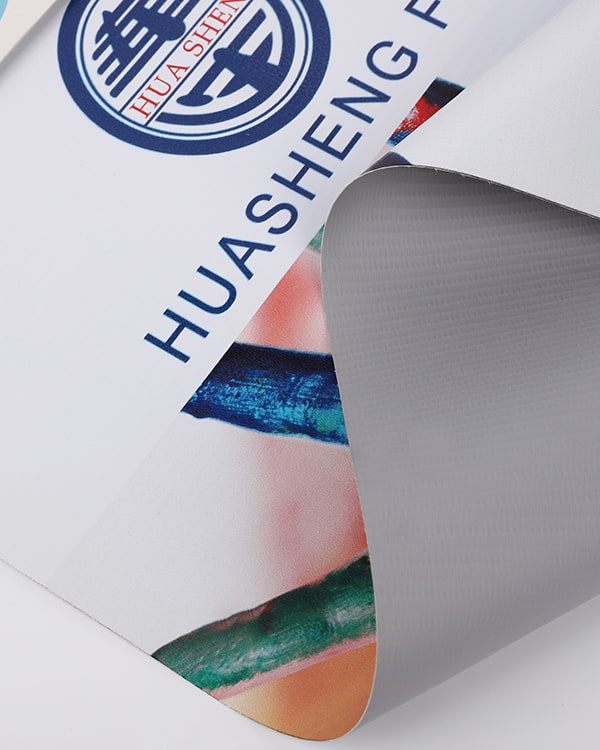
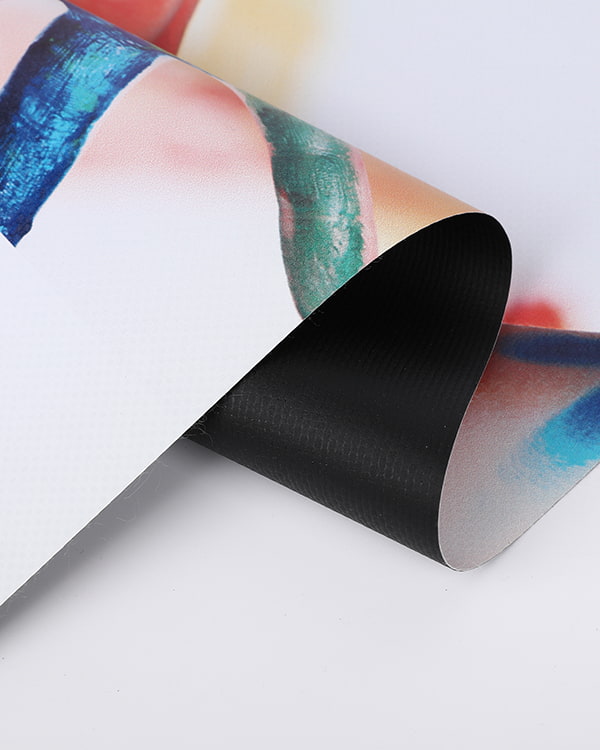
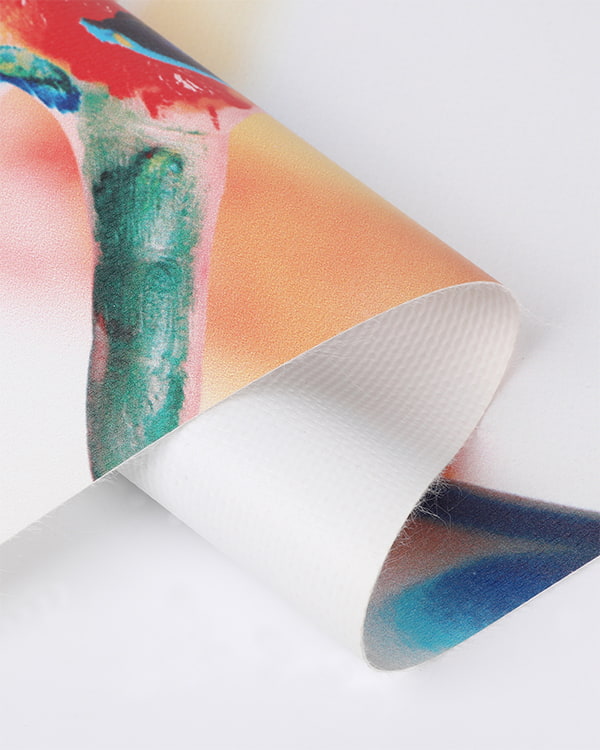
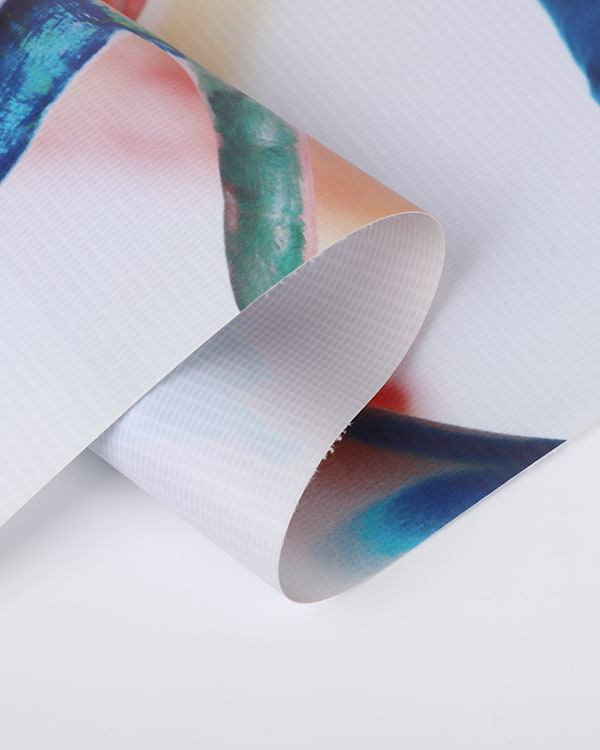
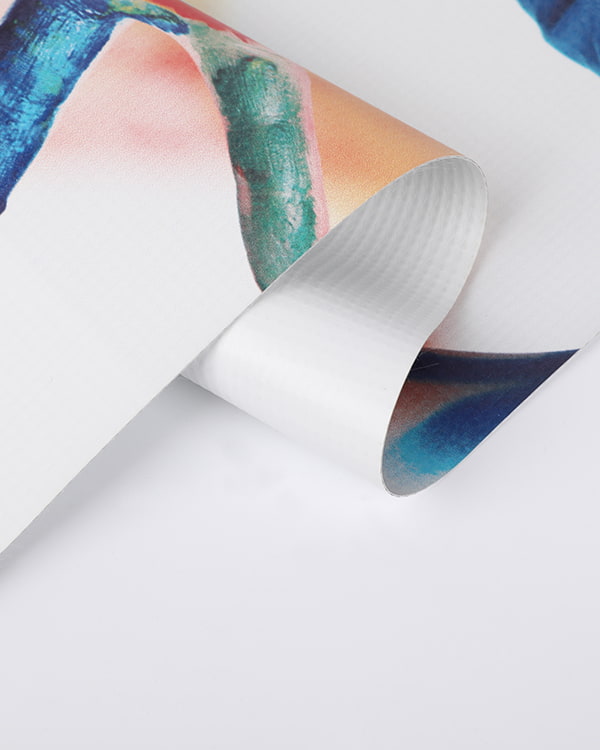
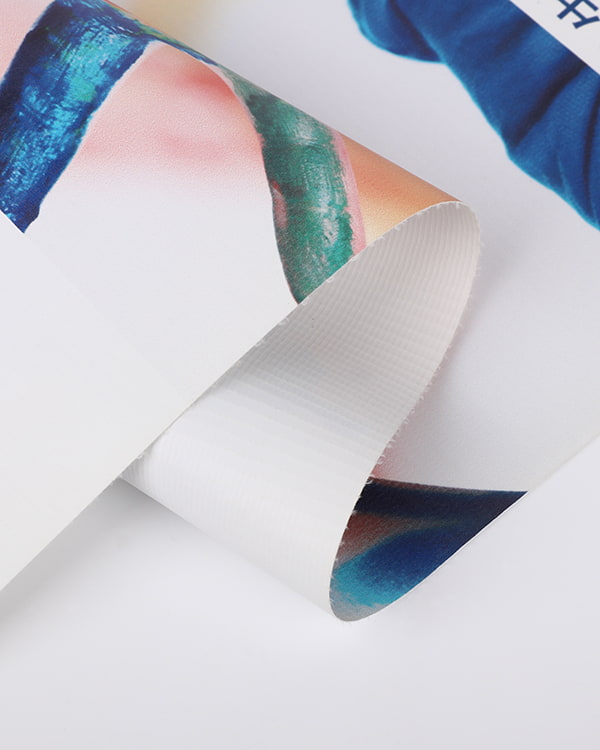
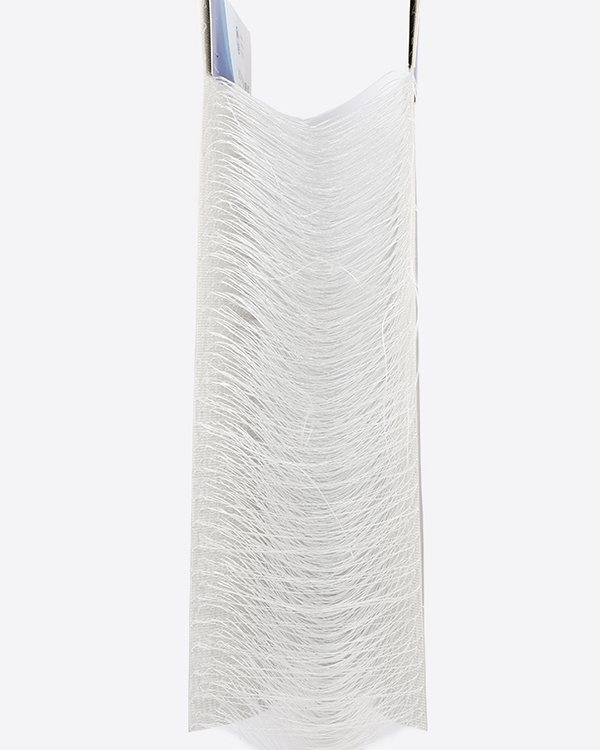
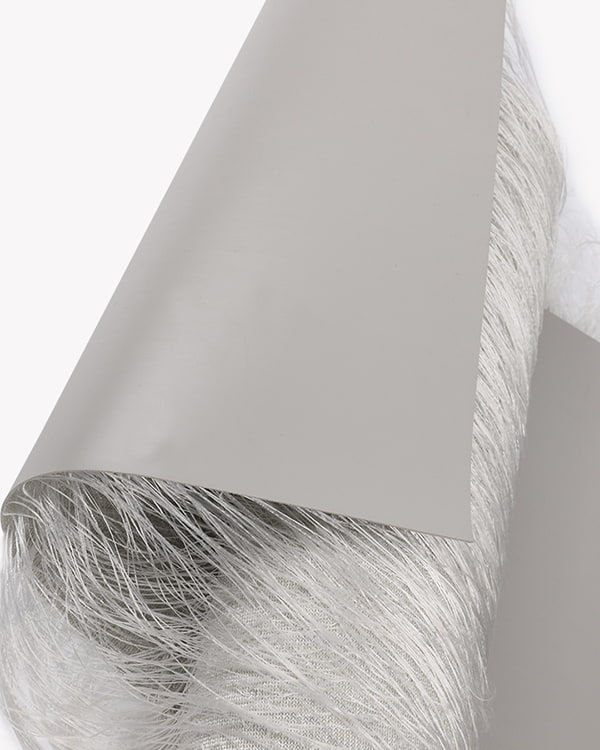
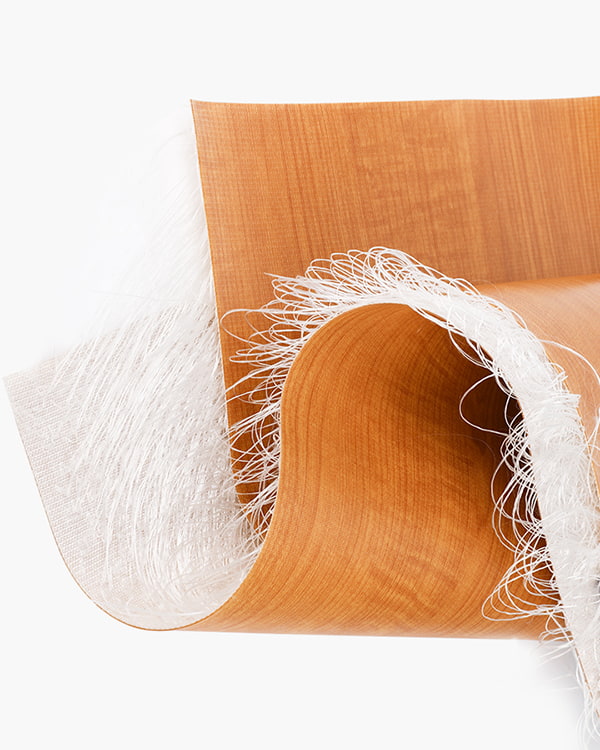





 浙公网安备33048102240301
浙公网安备33048102240301